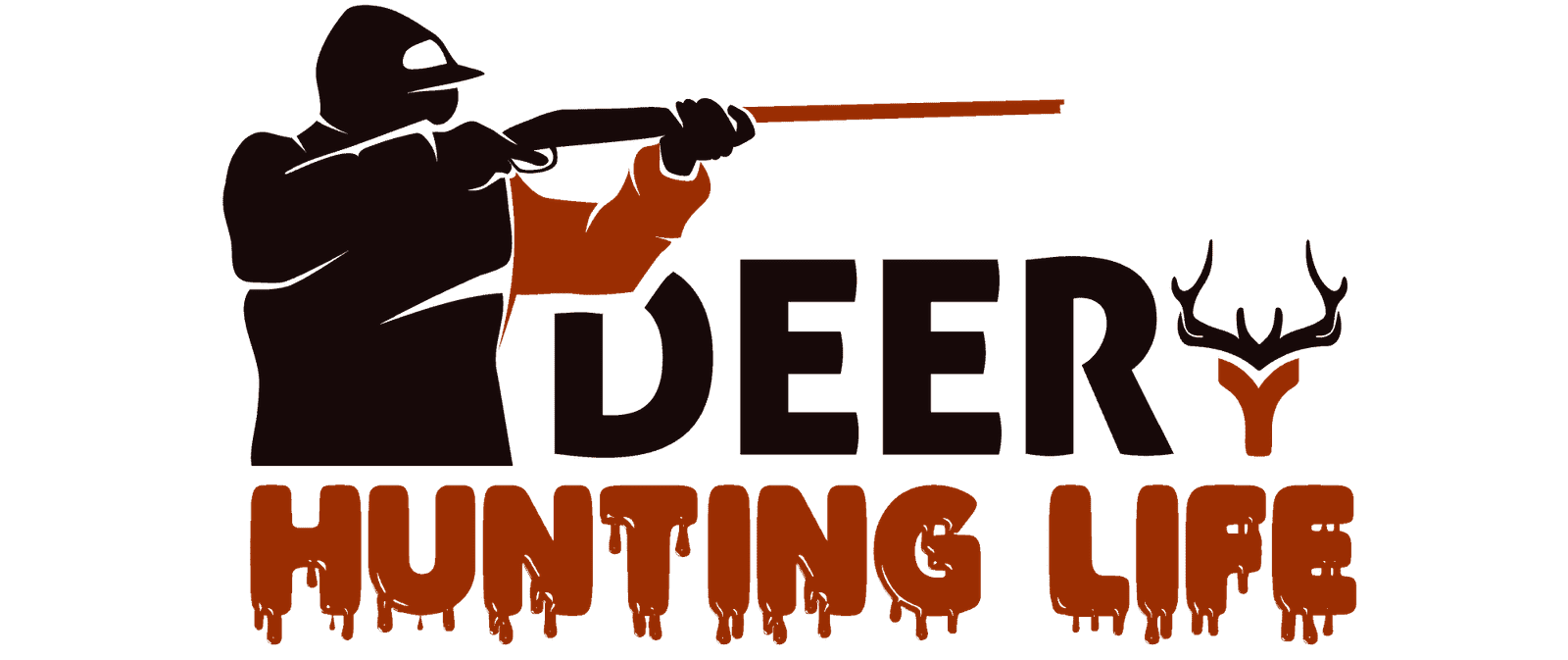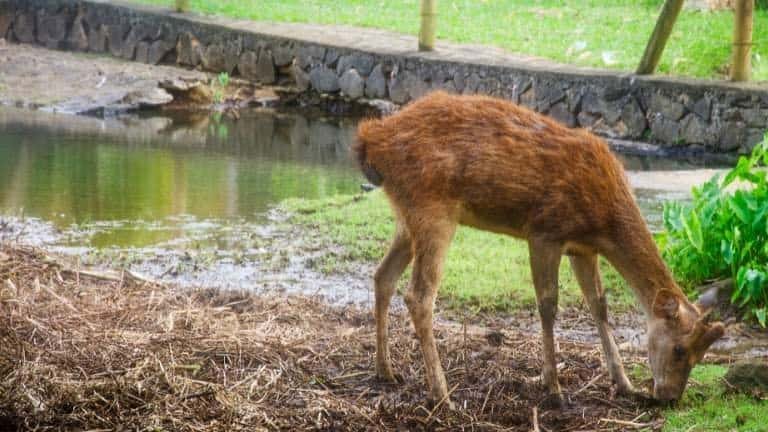As you wander through the woods, morels stand as hidden treasures beneath the canopy, sparking your curiosity about the dining habits of the forest’s residents. You might ponder whether these woodland creatures, particularly deer, partake in the same fungal delicacies you so eagerly seek.
It’s a valid concern, considering the competition for natural resources. However, the relationship between deer and morel mushrooms isn’t straightforward. While deer’s primary diet doesn’t typically include fungi, the question remains: Are these prized morels safe from their browsing?
This uncertainty invites you to explore further into the nuances of nature’s dining habits, uncovering truths that might surprise you.
Do deer eat morel mushrooms?
In exploring the interactions between deer and morel mushrooms, it’s noted that deer may play a role in the spread of these fungi by inadvertently dispersing spores as they forage. While you might worry that deer would eat all the morel mushrooms before you get a chance, it turns out your concerns are slightly misplaced. Deer aren’t typically after morels like they’re after other vegetation. However, as they move through the forest, their activities could be beneficial to morel proliferation.
As deer search for food, they often disturb the forest floor. They might kick up leaves or move fallen logs, actions that could help spread morel spores. This disturbance creates a more favorable environment for morels to grow. It’s a bit like deer are unknowingly farming morels as they go about their daily routines as foragers.
Though direct evidence of deer eating morel mushrooms is rare, the possibility of such interactions suggests a fascinating dynamic in the forest ecosystem. The idea that deer, through their foraging habits, might contribute to the spread of morel mushrooms adds another layer to the complex web of interactions that sustain and enrich our forests.
Deer Dietary Preferences
When considering the dietary preferences of deer, you’ll find they primarily opt for more easily accessible vegetation over morels, which are often nestled amongst the forest’s undergrowth. Deer dietary preferences lean towards grasses, leaves, and twigs, which provide the bulk of their nutrition. In the wild, these animals are opportunistic foragers, meaning they eat what’s available. So while deer eat a wide variety of plants, morel mushrooms aren’t usually on their menu.
The notion that deer eat morel mushrooms is largely unfounded. Morels can have a bitter taste and potentially toxic properties that don’t appeal to deer. Moreover, the fact that morels are often found near game trails suggests that deer, along with other wild animals, pass by without giving them much attention. It’s unlikely you’ll witness a deer specifically seeking out these fungi.
Morel Mushrooms Overview
You’ll find that morel mushrooms, a sought-after delicacy, are actually quite rare to come across in the wild. These distinctive fungi have a honeycomb appearance and are highly prized by foragers and chefs alike. In your search for morels, you might wander near trees such as dead elms, ashes, and in apple groves, where they’re often seen flourishing. Although deer roam these same woods, they typically don’t eat morels.
Morels contain gyromitrin, a toxin that can be harmful to both humans and animals if not properly prepared. It’s fortunate that deer generally prefer grasses and twigs over these elusive mushrooms. This means that you’re less likely to have to compete with deer when you’re out hunting for morels.
As you venture out during April, which is prime morel season and also a popular time for turkey hunting, remember that finding morel mushrooms can be an educational and enjoyable experience. These mushrooms aren’t only highly requested for their unique flavor but also for the thrill of the hunt itself. So, put on your boots and get ready for an adventure in the woods, knowing that the deer are unlikely to have beaten you to your prize.
Foraging Behavior of Deer
In understanding why you’re unlikely to compete with deer for morel mushrooms, it’s important to know that these animals have a diet consisting primarily of various vegetation, not fungi. When you’re out in the woods, you might notice deer trails; these are actually excellent places to search for morels. However, this isn’t because deer eat them. Instead, as deer forage, they may inadvertently kick up leaves and disturb the soil, which can help morel mushrooms to grow.
The foraging behavior of deer is such that they’re more interested in munching on things like grasses, twigs, and leaves. If deer ate morel mushrooms regularly, you’d likely receive a response from the forest ecosystem, such as a noticeable decrease in the mushroom population. But that’s not the case. It’s rare that you’ll find evidence of deer consuming morels.
Moreover, while deer do enjoy poison ivy and can inadvertently promote the growth of morel mushrooms by releasing spores through their droppings, it’s not a direct indication that they’re after the fungi. So, when you’re foraging for morels, you don’t have to worry about deer as your competition. They’re just accidental cultivators, not connoisseurs of the elusive morel.
Myths About Deer and Morels
Your understanding of deer foraging habits can dispel common myths about their interest in morel mushrooms. It’s easy to stumble upon an older thread online or a story from a friend claiming they’ve seen deer munching on morels. But here’s the thing – those anecdotes don’t reflect the typical diet of deer. You might even know someone who swears they’ve lost a prized morel spot to deer the previous season. However, evidence of such behavior is often circumstantial or anecdotal at best.
When you’re scouring the woods for morels, you may notice disturbed leaves or moved objects near your favorite hunting spots. Last year’s game trails are packed down, and it’s tempting to assume that deer are after your elusive quarry. But remember, those signs could just as easily result from turkeys or even other foragers who’ve beaten you to the punch. And if you do find a video purporting to show deer feasting on fungi, take a closer look. Without context, it’s hard to say what’s really going on.
Bottom line, don’t fret about deer when you’re out on your next morel hunt. The chances they’ll purchase through links in the forest floor to snack on your morels are slim to none.
Protecting Morel Habitats
To ensure a successful morel hunt, you’ll need to safeguard the mushroom’s growing areas from the disturbances caused by deer and other wildlife. Remember, although deer aren’t after your morels, their presence can lead to trampled habitats and reduced mushroom availability.
Start by identifying the areas where morels thrive. These mushrooms are partial to the shelter of fallen logs and undisturbed forest litter, which can easily be disrupted by foraging animals. Consider setting up barriers or using natural deterrents to keep deer and turkeys at bay. However, be mindful that your methods don’t harm the wildlife or the environment.
Moreover, turkeys, known for their leaf-raking behavior, can also pose a threat to morel habitats. The removal of leaf litter by these birds exposes morels to the elements and potential pickers. To protect against this, you might want to gently rake leaves back into place if you notice they’ve been disturbed.
Ultimately, preserving these habitats ensures that morels can continue to grow and be enjoyed by everyone. Encourage others to be conscious of their actions in the woods and to leave the area as undisturbed as possible—every step counts towards maintaining the delicate ecosystem where morels flourish.
Frequently Asked Questions
Do Whitetail Deer Eat Mushrooms?
You’re unlikely to see whitetail deer munching on mushrooms. They prefer leafy greens and twigs, though they might nibble on fungi accidentally. Don’t fret about deer depleting your morel mushroom hunting grounds.
Why Are Morel Mushrooms Growing in My Yard?
You’re likely seeing morel mushrooms in your yard due to suitable growing conditions like moist soil, dead trees, and shade. They thrive in disturbed ground, which can occur naturally or from landscaping.

